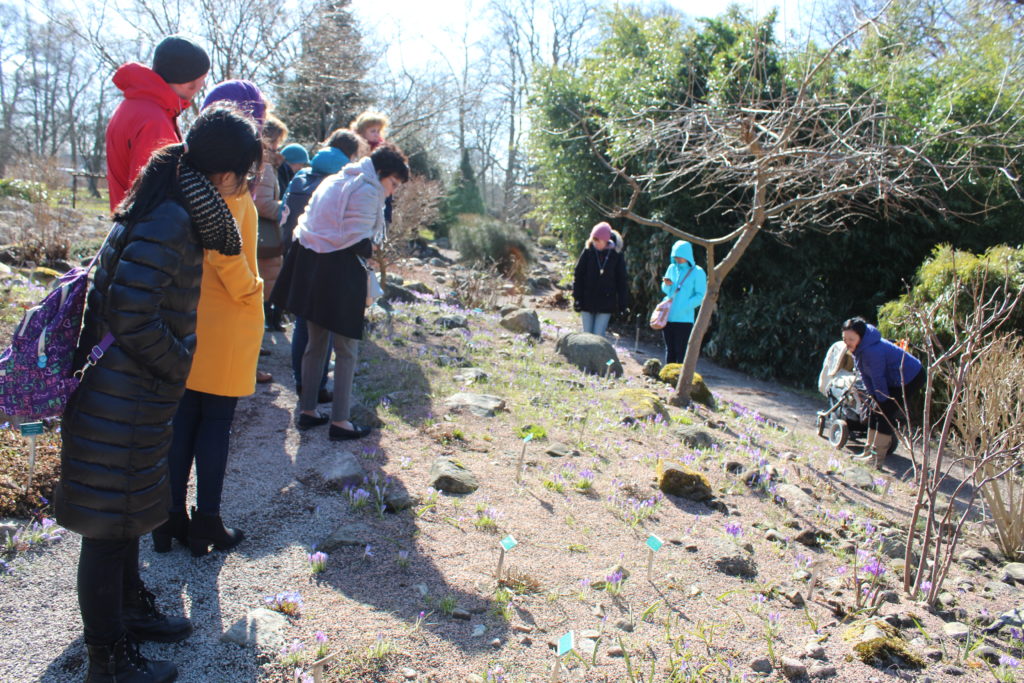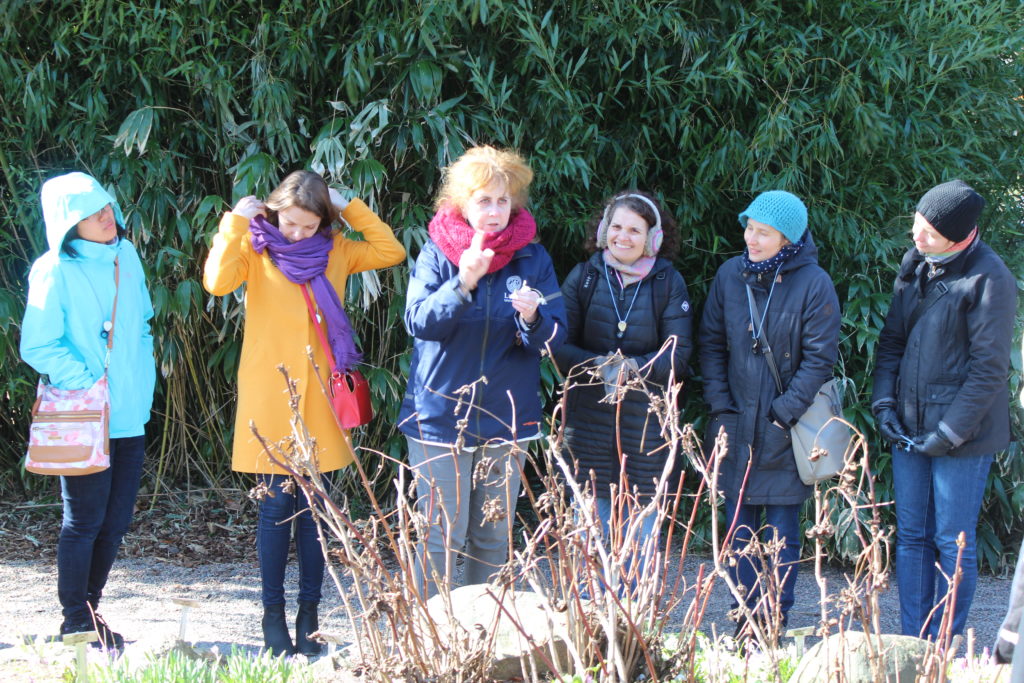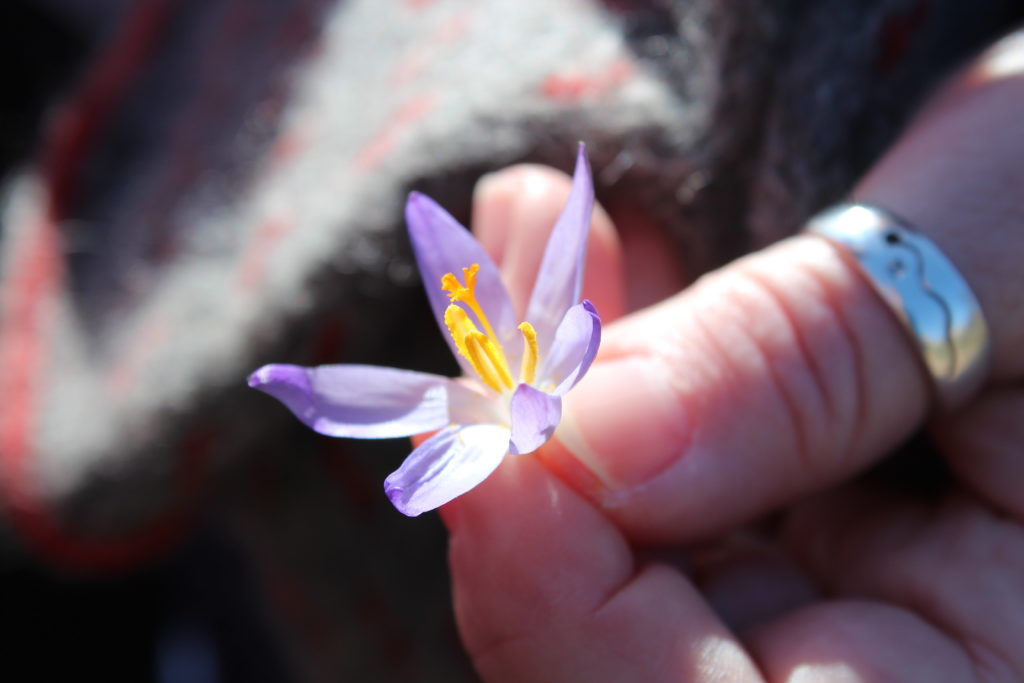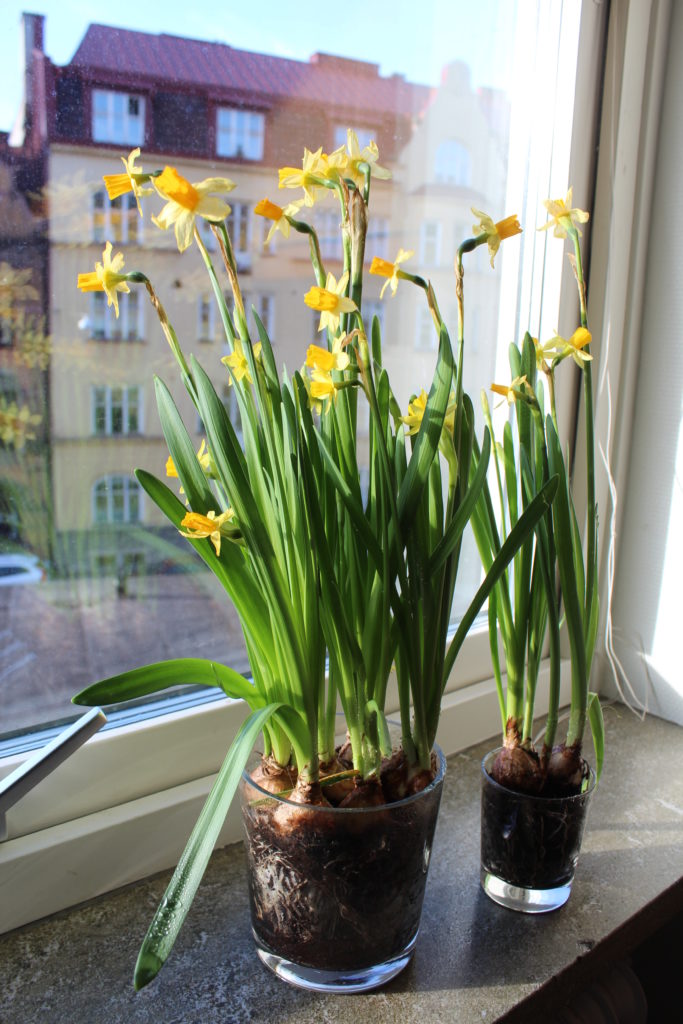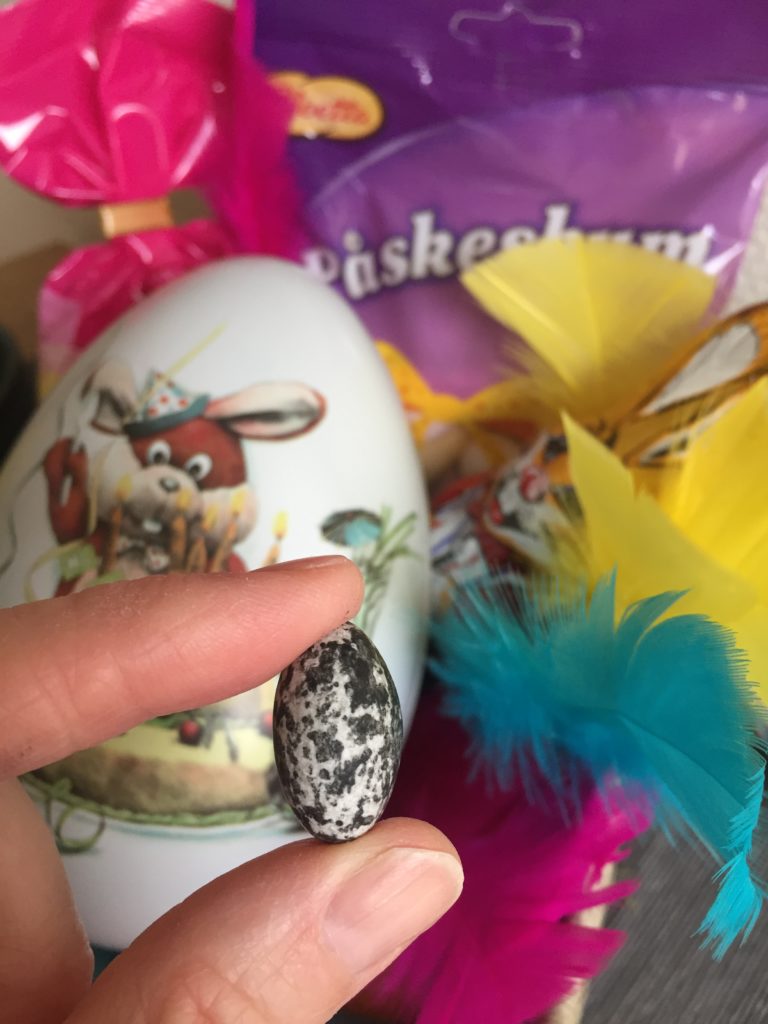
Swedes love their candy, especially lakrits, that acquired-taste, salty licorice treat. This is a chocolate lakrits egg, and unfortunately I acquired a taste for them over Easter.
Easter is no small holiday in Sweden. Even though Scandinavians are largely secular, the official state calendar still pays respect to the Church, granting not one, but two state holidays on the Friday before and Monday after Easter, creating a generous annual 4-day Easter holiday unknown in the US.
School children also get the week before Easter off from class, and so when Kip told us he had a meeting in Stockholm, we decided to tag along.
There is an easy train route from Malmö to Stockholm, taking a little over four hours if you catch the express train. Its long enough to relax, listen to an audio book or podcast, study, work, walk to the dining car to get a cup of coffee, and generally stare out the window at the fields and woods and small towns of Sweden passing by. As Americans accustomed to trips of this length happening in cars, it’s a novelty that has not gotten old.
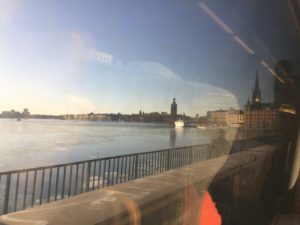
Arriving by train
Like every other Scandinavian city, a few days in Stockholm can be expensive. Hotels, restaurants, coffee shops and museums add up; especially when you are an expat trying to see and do everything you can in the short months or years you have in Europe. So with our shoestring budget in mind, we began looking into alternative accommodations in Stockholm and found a couple of budget hostels. One looked hip and cool, with a nightly social mixer, and the other was a nineteenth century, fully-rigged ship, docked along an island, just outside of the city center.
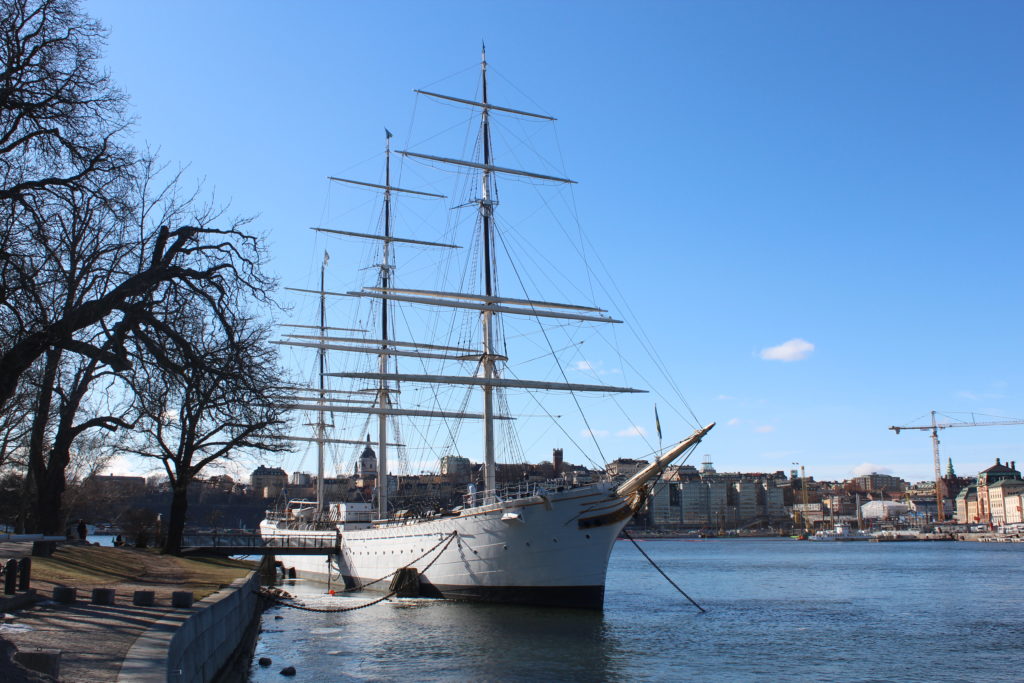
I heard Bob Goff whisper “Pick whimsy!” and we decide to stay on the boat.
The STF Chapman is a Stockholm landmark, often appearing in images of the city. It had a lifetime of service, first as a cargo ship, then a navy teaching vessel. In the 1940s it became a hostel and now provides accommodations for over 200 guests in dorm-style rooms with shared bathrooms.
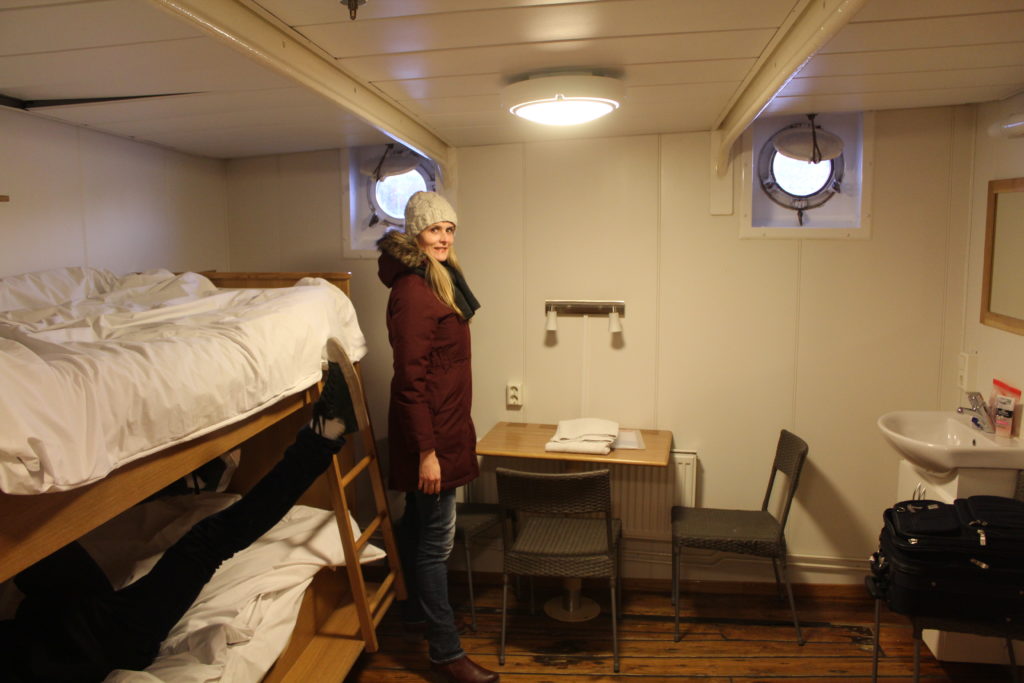
We had a private room with four bunks, perfect for a small family. River’s foot, always photo bombing.
In addition to the ship, the hostel includes a reception building that also offers daily breakfast, a café with late hours, a billiard hall and a communal kitchen. I liked having the kitchen, and we used it to make a late night dinner and prepare sandwiches for the train trip back home.
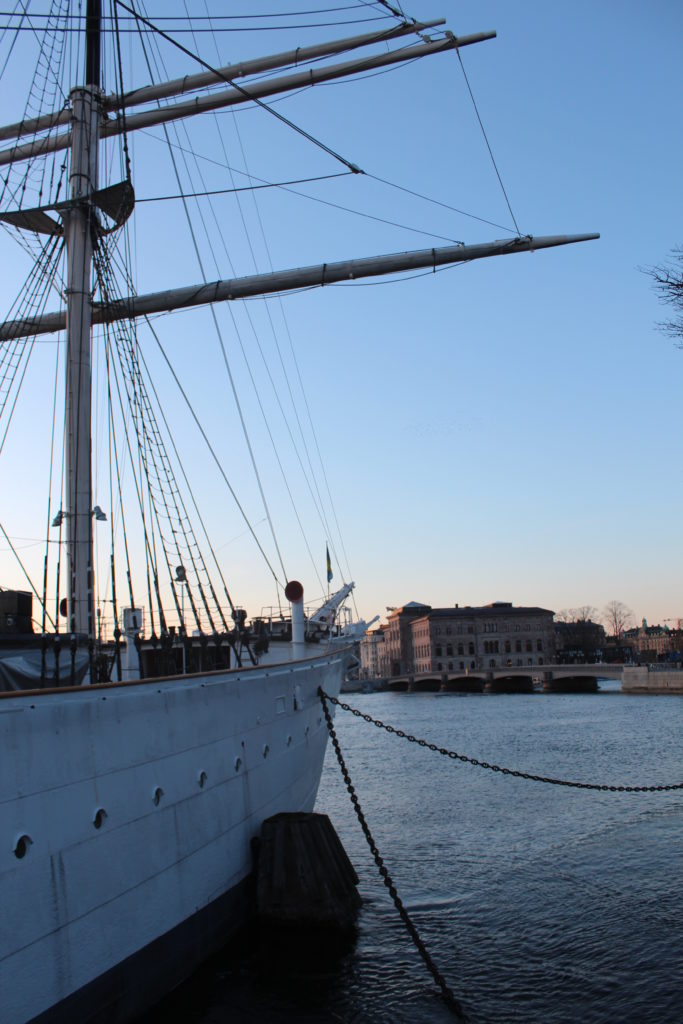
STF Chapman
When we arrived in Stockholm, the first thing I noticed was that the rivers and canals were full of ice planks. It was the last week in March and the waterways were mostly melted. The ice chunks, the last remnants of Stockholm’s long winter, were quickly making their way down the rivers, through the wide and narrow city waterways, toward the Baltic Sea.
As we walked along the marina we could hear the tinkling of ice gently colliding with more ice as it piled against the moored boats. We stopped to watch the big pieces float over a set of locks. Birds — ducks, geese and majestic swan — hitched a ride on the little icebergs, unconcerned with the temporary nature of their transportation. It was a beautiful and rare site, sun shining on ice; and by the time we left two days later, it was all gone.
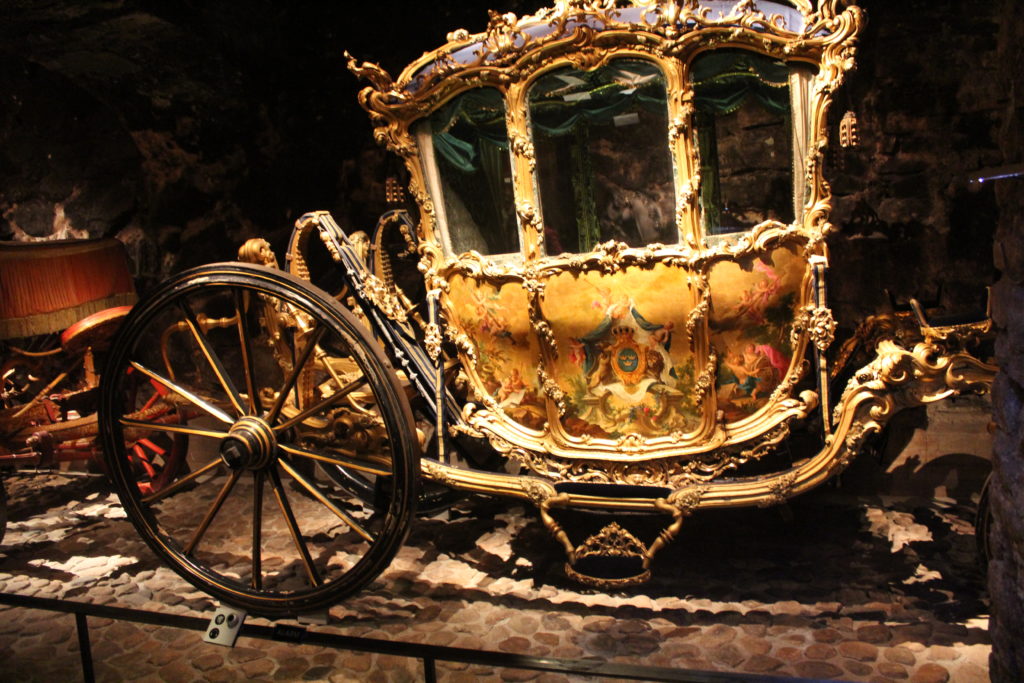
Entrance is free at the Royal Armoury museum if you have a little time and you want to see a real-live Cinderella carriage.
While Kip was in his meeting, River and I wandered Gammal Stad, old town, stopping to take in a couple of free museums. But we saved the prize museum to share with Kip, a favorite historical attraction, one we had actually visited last summer with Micah, the famous Vasa Museum.

This museum, the most visited in Scandinavia, is completely devoted to a single ship, the Vasa, ornately designed and sunk on its maiden voyage in 1628. Three hundred and thirty three years later it was carefully salvaged, elaborately restored and preserved. It now stands as a powerful symbol of the golden age of Sweden’s monarchy, a tribute not only to the lavish past, but also Sweden’s future as a prosperous leader in culture and innovation.
As we walked around the museum I thought about how the Vasa represents both a colossal failure — a beautiful boat that sank because it was poorly designed, but also, ironically, a tremendous success, not only in its unprecedented resurrection, but also its consistent ranking as one of the best museums in the world. If it were a bit smaller it could have been considered a specimen for another popular Swedish museum, The Museum of Failure, which has been anything but and is now raking in success at $19 a ticket in Hollywood.
On Friday we left Stockholm and headed back to Malmö to spend the rest of Easter weekend at home with our cat. Little did I know then, but it was our last real weekend of cold weather. Like a long awaited Easter miracle, sunshine and warm weather were just days away.
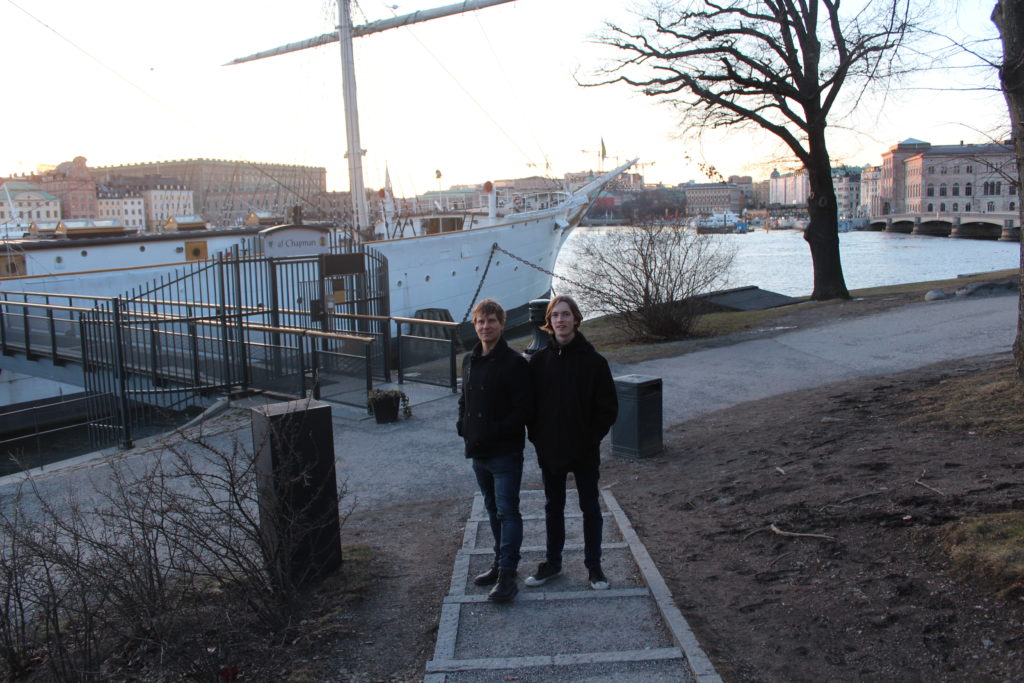

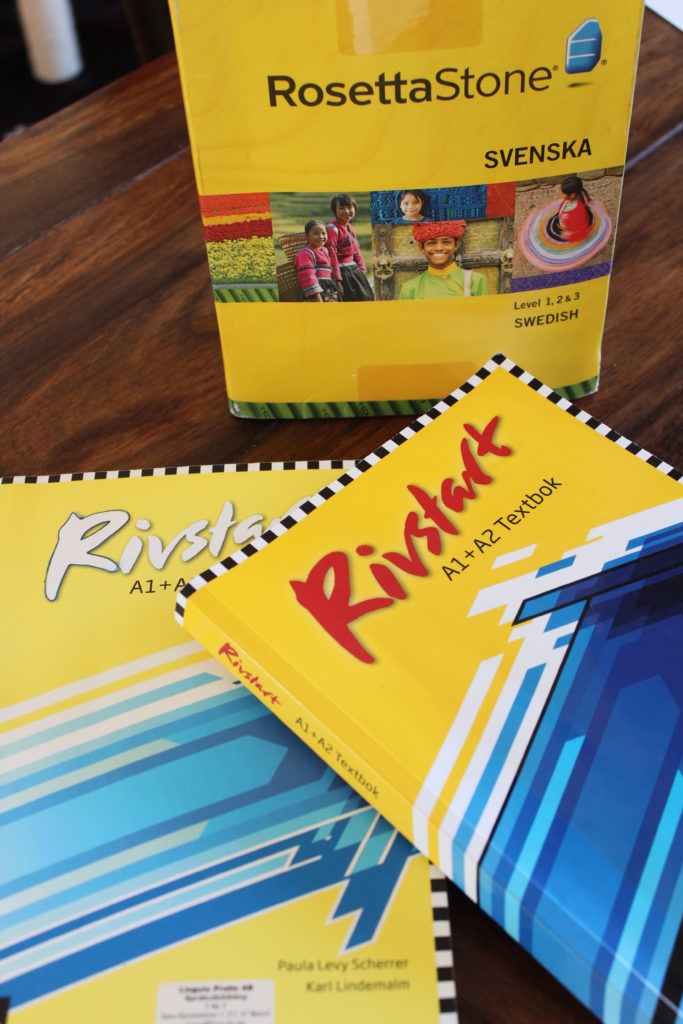
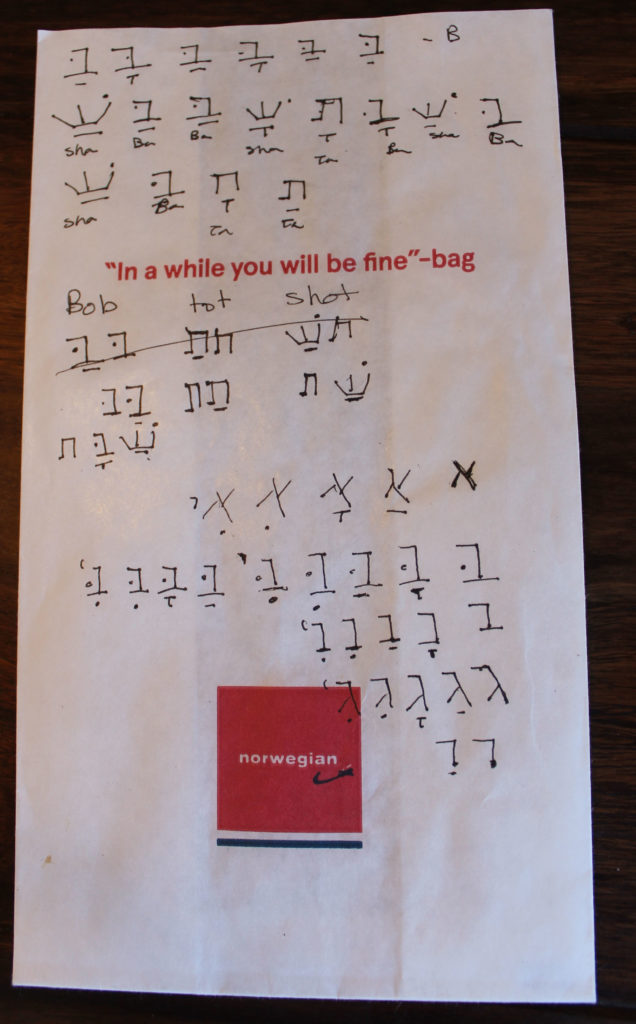
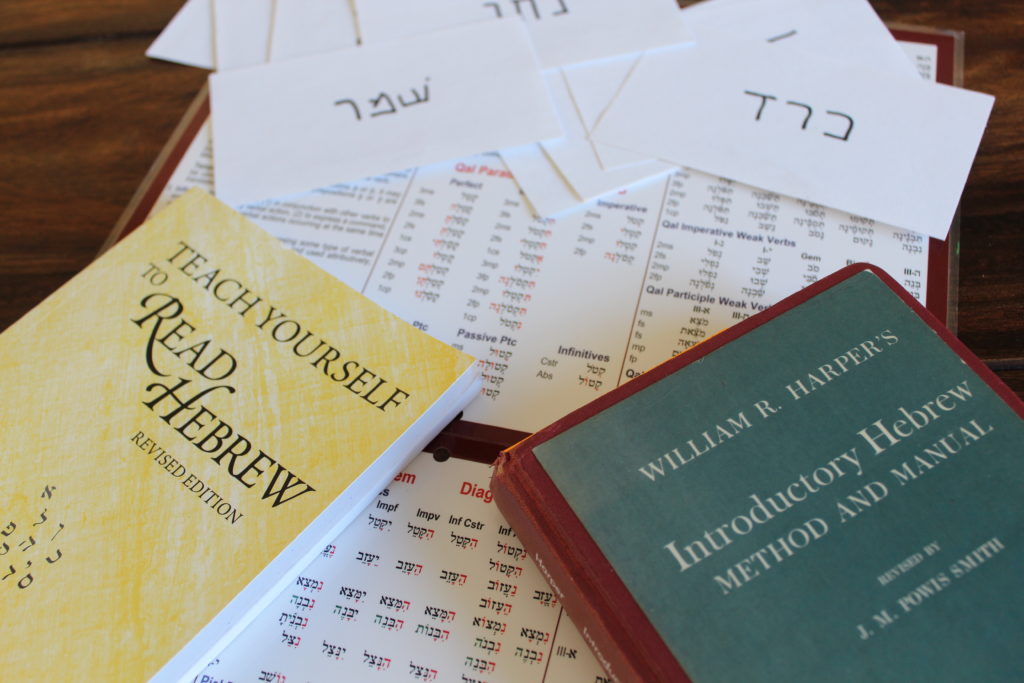

 The bitter winter cold seems to have finally past, and the first signs of spring are visible everywhere: tree twigs burgeoning with swollen buds, flirting fowl, the late afternoon sun and the absence of heavy winter coats, caps and gloves — for at least a few of the pedestrians walking the streets of Malmö.
The bitter winter cold seems to have finally past, and the first signs of spring are visible everywhere: tree twigs burgeoning with swollen buds, flirting fowl, the late afternoon sun and the absence of heavy winter coats, caps and gloves — for at least a few of the pedestrians walking the streets of Malmö.